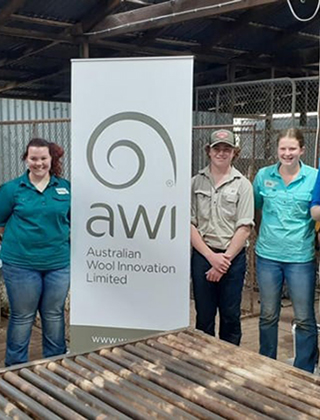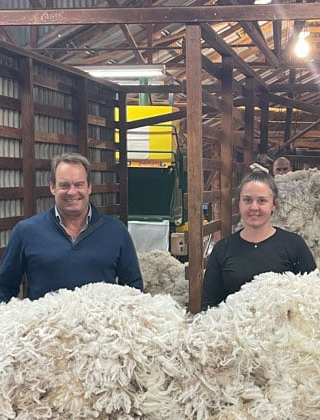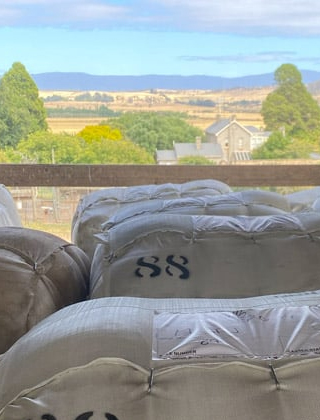Post-Farm Biosecurity
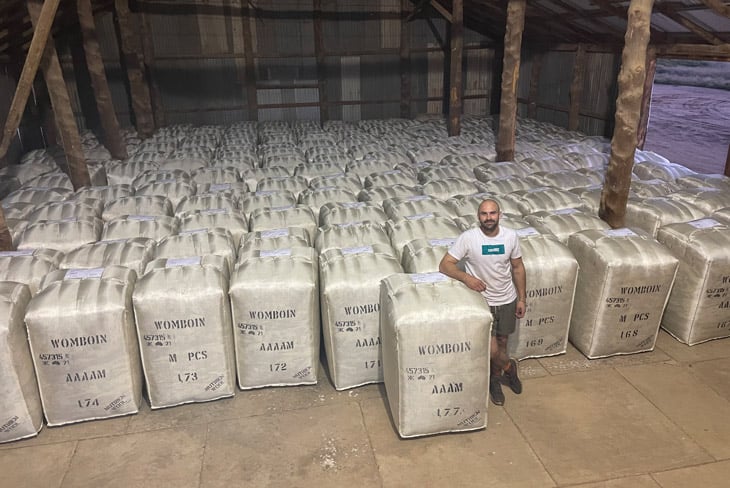
The Australian wool industry had a robust strategy to minimise the potential trade impacts on the industry if an outbreak of an Emergency Animal Disease was to occur in Australia.
AWI helps ensure the Australian wool industry has effective plans and tools in place post-farmgate to respond to an EAD outbreak. We work with other wool industry bodies, through Wool Industry Australia (WIA) to ensure the industry and individual businesses are as well-prepared as possible in case the worst should happen.
Australia is fortunate to be free of many livestock diseases that cause significant losses in other countries, such as foot-and-mouth disease (FMD). An outbreak of an emergency animal disease (EAD) such as FMD in Australia would have a massive impact on the wool industry. In the event of an EAD outbreak, there would be an immediate halt to exports of animal-related products including wool, that could last 6 to 12 months. It has been estimated that an outbreak of FMD would cost the wool industry in excess of $2.2 billion in revenue loss alone over 10 years.
WIA, with the assistance of AWI, developed a 3-year Australian Wool Industry Post-Farmgate Emergency Animal Disease (EAD) Preparedness RD&E Strategy for 2019/20 - 2021/22. This strategy is an update of the second such plan, which spanned the preceding 3-year period.
Summary of the Australian Wool Industry Post-Farmgate EAD Preparedness RDE Strategy 2019/20-2021/22
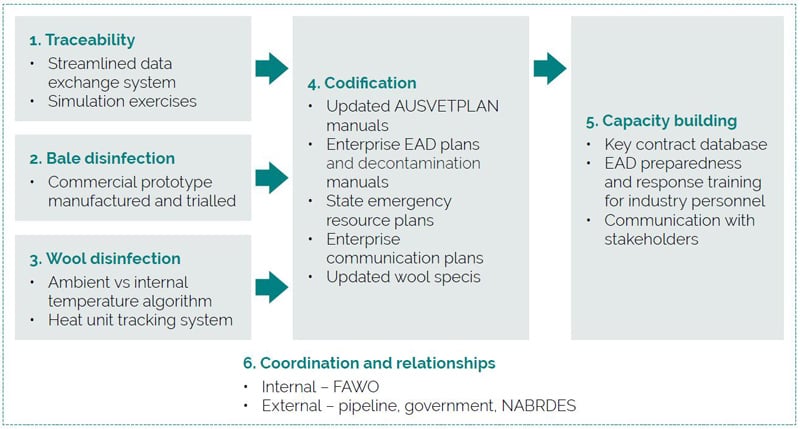
The goal of this Strategy is to further improve the level of EAD preparedness of the Australian wool industry by putting in place innovations that will, in the case of an EAD incursion:
- Maximise the time-and cost-effectiveness of the Government/industry response;
- Minimise reputational damage to the Australian wool industry;
- Minimise disruption to flows of Australian wool to the world’s markets; and/or
- Achieve the most rapid possible return to normal business for wool growers, customers and other participants in the wool industry pipeline.
Specifically, the Strategy seeks to deliver 20% improved capacity of post-farmgate wool industry preparedness for an Emergency Animal Disease, a key performance indicator of the Australian Wool Innovation (AWI) Strategic Plan 2019/20 – 2021/22.
The Strategy builds upon two previous three-year strategies, which delivered:
- Advances in wool identification and traceability.
- Developments in bale identification and tracking.
- The development of a prototype bale disinfection device, suitable for application in wool stores.
- Refinements in the described time/temperature relationship for deactivation of foot-and-mouth disease virus in wool.
- Completion of content for several of the AUSVETPLAN manuals to ensure they carry the most up-to-date information on wool and the wool industry, including a new "Wool Industry Enterprise Manual".
- Development and piloting of a half-day EAD awareness workshop for wool store staff.
- Creation of an online biosecurity risk assessment tool and template EAD preparedness plan and guide for wool businesses.
- A range of relationship-building activities with other wool-producing countries and wool industry participants globally, as well as Australian government agencies.
Further information on Australia’s emergency animal disease response is set out in AUSVETPLAN. AUSVETPLAN - the Australian Veterinary Emergency Plan - documents the nationally-agreed roles, responsibilities, coordination arrangements, policies, strategies and processes for the response to emergency animal disease (EAD) incidents in Australia.
AUSVETPLAN manuals are also used for training purposes and during exercises to ensure the plans will be effective, and personnel are trained in advance of an EAD outbreak.
Resources for post-farm wool businesses
EAD Preparedness Plan for Businesses
AWI and WIA have developed an Emergency Animal Disease (EAD) Preparedness Plan template suitable for use by post-farmgate wool handling facilities.
This template helps wool industry personnel to consider the likely impacts of an EAD outbreak on their business, and the steps that may be put in place to minimise these impacts should an outbreak occur.
The completed plan also works as a ‘go to’ reference document for the business should an EAD outbreak occur.
Two documents are available:
- A blank template for completion by the business.
- A guidance document which explains what can be expected in the case of an EAD outbreak and the rationale for including certain information in the response plan.
Download the guidance document
The template should be completed by appropriately qualified managers and reviewed by at least one other senior staff member.
The completed EAD Preparedness Plan for your business should be reviewed every 12 months, or earlier should there be significant changes to the risk profile of the business or the industry.
Biosecurity Risk Assessment Tool
AWI and WIA have developed an online Biosecurity Risk Assessment Tool to assist post-farmgate wool handling facilities to identify the biosecurity strengths and weaknesses within their business.
Completion of the tool generates a report with recommendations on how to make improvements in biosecurity, so that businesses can:
- Reduce the risk of exposing workers to wool that may be contaminated by infectious zoonotic agents, notably anthrax and Rift Valley fever.
- Ensure that any disease agent present on wool within a facility is not spread further, particularly to susceptible livestock.
- Greatly reduce the risk that wool received at the facility will be contaminated.
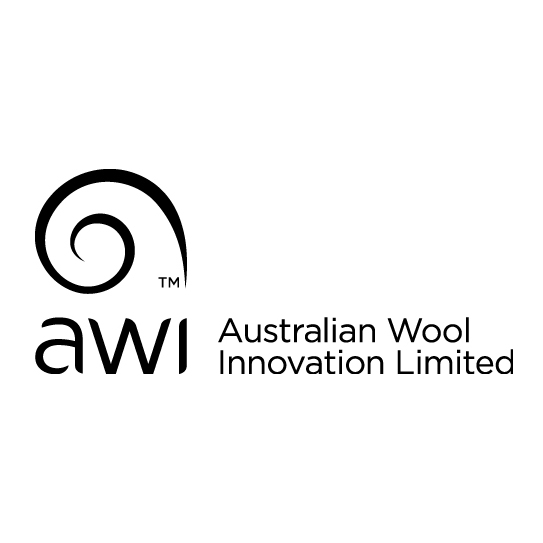
Bridget Peachey
Program Manager, Sheep Health & WelfareFor more information on AWI’s research in biosecurity.






